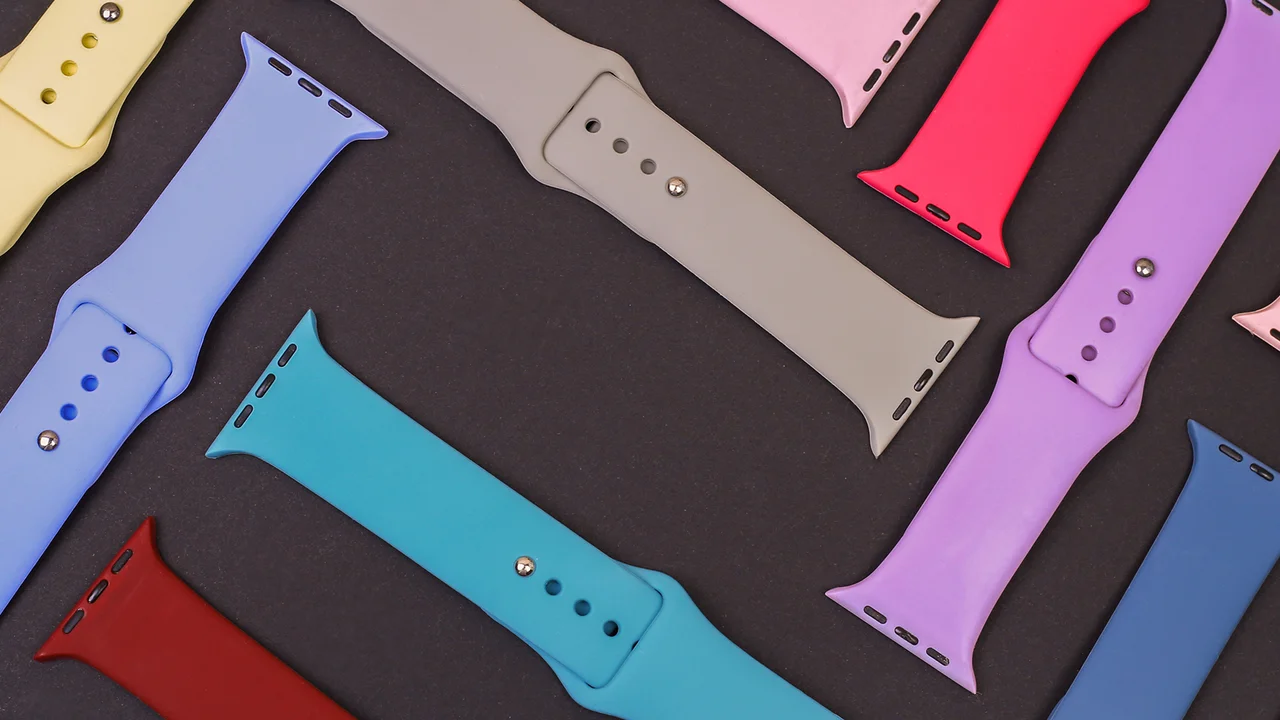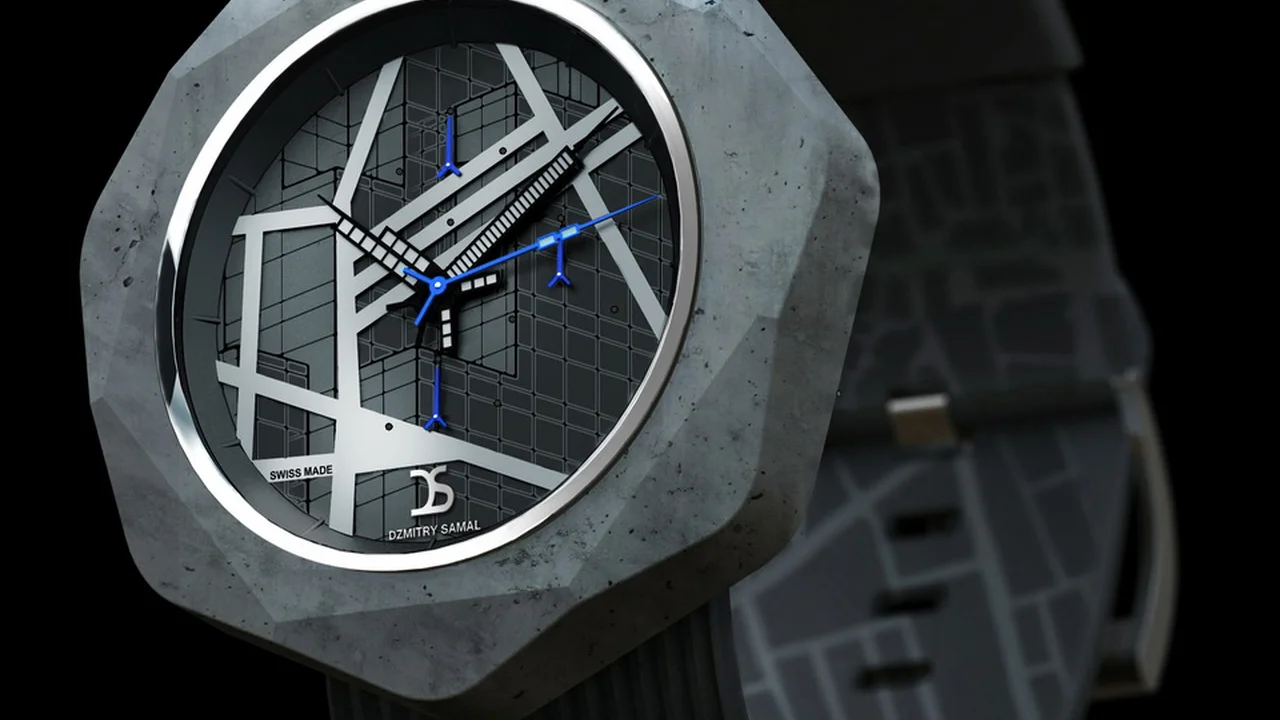The History of Patek Philippe: A Legacy of Excellence
Crafting a compelling narrative about Patek Philippe requires delving into its rich history, showcasing iconic models, comparing them, and understanding their value in different contexts. This article will explore the legacy of excellence that defines Patek Philippe, offering insights into its most celebrated watches and what makes them so desirable. We'll look at historical milestones, explore specific models, and consider the brand's enduring appeal.

Patek Philippe, a name synonymous with horological artistry and timeless elegance, stands as a beacon of excellence in the world of luxury watches. Founded in 1839, the company has consistently pushed the boundaries of watchmaking, creating intricate complications and exquisite designs that have captivated collectors and enthusiasts for generations. From its humble beginnings to its current status as a revered icon, Patek Philippe's journey is a testament to unwavering dedication, innovation, and a relentless pursuit of perfection.
Patek Philippe's Origins and Early Innovations A History of Craftsmanship
The story begins with Antoine Norbert de Patek and François Czapek, two Polish immigrants who joined forces to establish Patek, Czapek & Cie in Geneva. Their initial focus was on producing high-quality pocket watches, catering to a discerning clientele. This early partnership laid the foundation for Patek Philippe's commitment to precision and craftsmanship. Czapek eventually left the partnership, and in 1851, Jean-Adrien Philippe, a talented watchmaker known for his keyless winding mechanism, joined Patek. This marked the official birth of Patek Philippe & Cie.
One of Patek Philippe's groundbreaking innovations was the keyless winding and setting mechanism, patented by Jean-Adrien Philippe in 1845. This invention revolutionized watchmaking, eliminating the need for a separate key to wind and set the time. It simplified the user experience and contributed significantly to the practicality and appeal of pocket watches. The company continued to innovate, developing complex complications such as perpetual calendars, chronographs, and minute repeaters, solidifying its reputation as a master of horological engineering.
Iconic Patek Philippe Models Showcasing Timeless Design and Complications
Patek Philippe has produced a remarkable array of iconic timepieces throughout its history. Let's explore some of the most celebrated models:
The Calatrava A Study in Understated Elegance
The Calatrava, introduced in 1932, is arguably Patek Philippe's most recognizable and enduring model. It exemplifies the brand's philosophy of understated elegance and timeless design. Characterized by its clean lines, simple dial, and refined case, the Calatrava is a quintessential dress watch suitable for any occasion. The reference 5196, with its small seconds subdial, and the 5227, featuring a hinged dust cover over the case back, are popular examples. The Calatrava is often chosen as a first Patek Philippe due to its versatility and classic appeal. Expect to pay upwards of $25,000 for a new Calatrava, depending on the specific model and materials.
The Nautilus A Sporty Icon for the Modern Era
The Nautilus, designed by Gérald Genta and launched in 1976, marked a departure from Patek Philippe's traditional dress watches. With its distinctive porthole-shaped case, integrated bracelet, and horizontally embossed dial, the Nautilus is a sporty and sophisticated timepiece that appeals to a younger generation of collectors. The reference 5711, with its stainless steel case and blue dial, is particularly coveted. Due to high demand and limited production, the Nautilus commands a significant premium on the secondary market, often selling for well over its original retail price of around $35,000 (though prices fluctuate wildly and can be much higher).
The Aquanaut A Contemporary Take on Sporty Chic
Introduced in 1997, the Aquanaut is a more contemporary and casual alternative to the Nautilus. It features a rounded octagonal case, a "grenade" textured dial, and a comfortable rubber strap. The Aquanaut is water-resistant and designed for an active lifestyle. The reference 5167, with its stainless steel case and black dial, is a popular choice. The Aquanaut is generally more accessible than the Nautilus, with prices starting around $20,000, but demand still exceeds supply for many references.
The Perpetual Calendar A Masterpiece of Horological Engineering
Patek Philippe is renowned for its expertise in creating perpetual calendars, watches that automatically adjust for the varying lengths of months, including leap years. These complex timepieces showcase the brand's technical prowess and attention to detail. The reference 5320G, with its vintage-inspired design and cream-colored dial, is a particularly elegant example. Expect to pay upwards of $80,000 for a Patek Philippe perpetual calendar.
Patek Philippe in Different Settings Choosing the Right Watch for the Occasion
The versatility of Patek Philippe watches allows them to be worn in a variety of settings:
* **Formal Events:** The Calatrava is an ideal choice for black-tie events and formal gatherings. Its understated elegance complements a suit or tuxedo perfectly. * **Business Meetings:** A Calatrava or a dressier version of the Aquanaut can convey professionalism and sophistication in a business setting. * **Casual Outings:** The Aquanaut is well-suited for casual outings and weekend activities. Its sporty design and comfortable strap make it a practical and stylish choice. * **Sporting Activities:** While not designed for extreme sports, the Aquanaut's water resistance and durable construction make it suitable for swimming and other water-related activities. The Nautilus, while sportier than the Calatrava, might be a bit too valuable for rigorous activities. * **Travel:** A Patek Philippe with a dual time zone function, such as the Aquanaut Travel Time, is a valuable companion for frequent travelers.Patek Philippe Model Comparisons Understanding the Nuances
Choosing between different Patek Philippe models can be challenging. Here's a comparison of some key factors:
* **Style:** The Calatrava is a classic dress watch, the Nautilus is a sporty icon, and the Aquanaut is a more contemporary and casual option. * **Complications:** Patek Philippe offers a wide range of complications, from simple time-only models to complex perpetual calendars and chronographs. Consider which complications are most important to you. * **Materials:** Patek Philippe watches are available in a variety of materials, including stainless steel, gold, and platinum. The choice of material affects the price and the overall aesthetic of the watch. * **Price:** Patek Philippe watches are a significant investment. Prices vary widely depending on the model, materials, and complications. * **Availability:** Some Patek Philippe models, particularly the Nautilus and certain Aquanaut references, are in high demand and may be difficult to obtain.For example, comparing the Calatrava 5196 and the Nautilus 5711 reveals stark differences. The 5196, typically in gold, is a smaller, more refined dress watch, easily slipping under a cuff. Its price, while significant, is usually lower than the Nautilus. The 5711, in contrast, is larger, sportier, and made of stainless steel (though gold versions exist). Its integrated bracelet and distinctive bezel make a bold statement. However, its extreme popularity makes it incredibly difficult to purchase at retail, often requiring years on a waiting list or a substantial premium on the secondary market. The Aquanaut 5167 offers a middle ground, providing a sporty aesthetic with a slightly more accessible price and availability (though still challenging to obtain).
The Value of a Patek Philippe Investment A Legacy Worth Preserving
Owning a Patek Philippe watch is more than just owning a timepiece; it's owning a piece of history and a symbol of enduring value. Patek Philippe watches are known for their exceptional craftsmanship, timeless design, and lasting value. Many Patek Philippe models appreciate in value over time, making them a solid investment. The brand's commitment to quality and its limited production ensure that Patek Philippe watches remain highly sought after by collectors and enthusiasts worldwide.
The resale value of a Patek Philippe depends on several factors, including the model, condition, rarity, and provenance. Limited edition models and those with significant historical importance tend to command the highest prices. Maintaining the original box and papers is crucial for preserving the watch's value. Regular servicing by Patek Philippe ensures the watch remains in optimal condition and retains its authenticity. Ultimately, a Patek Philippe is not just a watch; it's an heirloom, a piece of art, and a testament to the enduring power of human ingenuity.
:max_bytes(150000):strip_icc()/277019-baked-pork-chops-with-cream-of-mushroom-soup-DDMFS-beauty-4x3-BG-7505-5762b731cf30447d9cbbbbbf387beafa.jpg)






